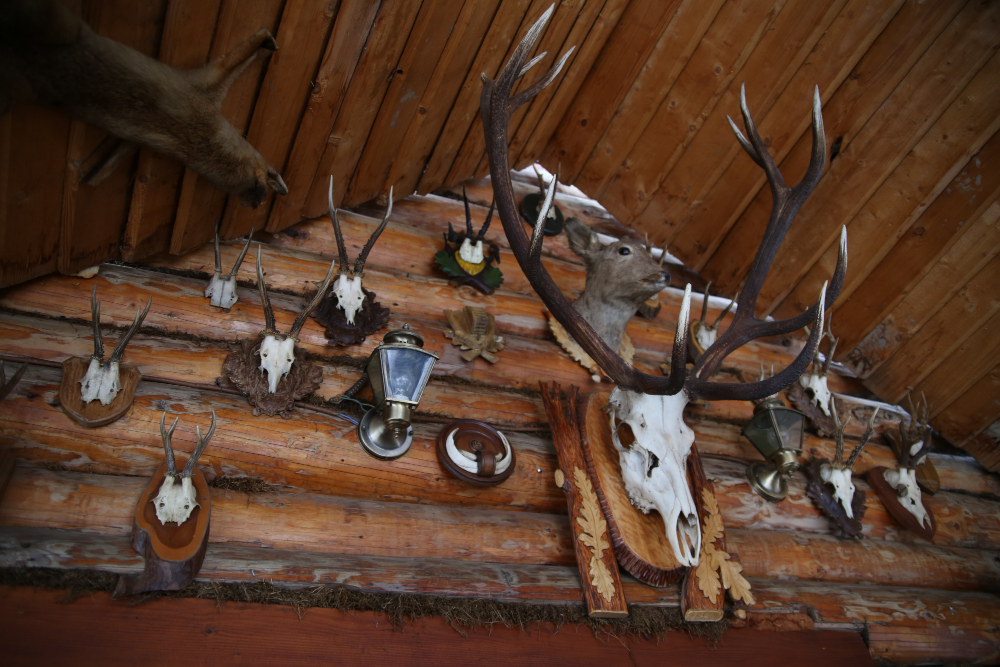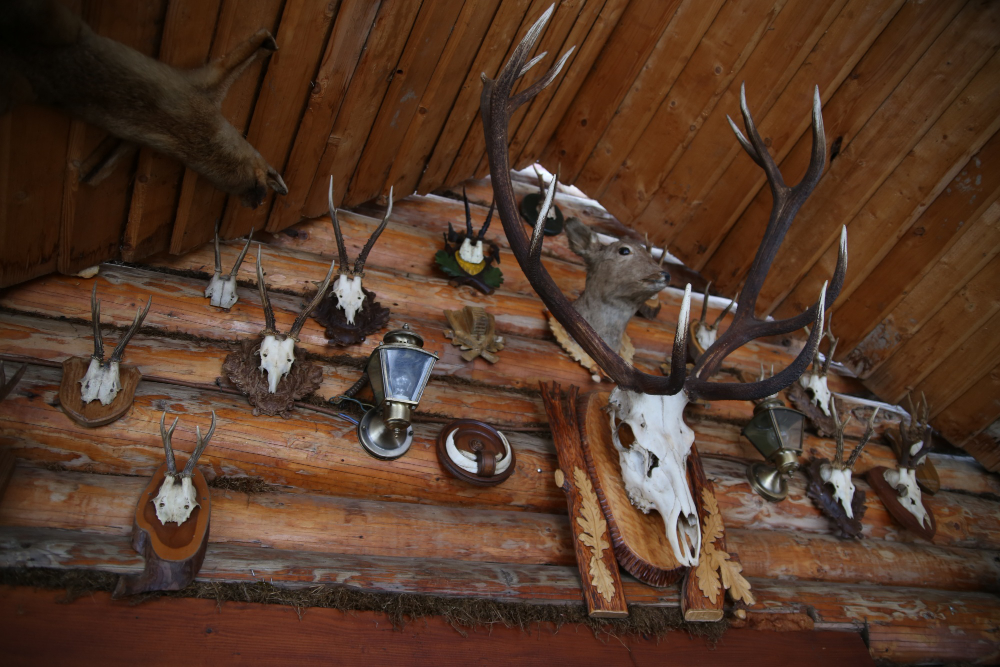The Art of Taxidermy
The Art of Taxidermy
The Art of Taxidermy: A Blend of Skill, Science, and Respect for Nature
Taxidermy, the practice of preserving an animal's body for display or study, has a rich history that intertwines art, science, and cultural significance. While often misunderstood or viewed through a controversial lens, the art of taxidermy serves not only as a means to celebrate wildlife but also as an educational tool and a way to honor the natural world.
A Historical Perspective
The roots of taxidermy can be traced back to ancient civilizations. In Egypt, mummification techniques were employed to preserve animals, particularly for religious purposes. However, the modern practice began to take shape in the 18th century, with the advent of more refined methods and materials. Pioneers like John James Audubon and Charles Waterton helped elevate taxidermy to an art form, combining meticulous craftsmanship with a passion for natural history.
The Process of Taxidermy
The taxidermy process involves several steps, each requiring skill and attention to detail.
Preparation: The first step is careful preparation of the specimen. This often involves skinning the animal and preserving its skin, which is usually done with a combination of salt and chemicals to prevent decay.
Mounting: Once the skin is preserved, it is mounted onto a form that resembles the animal's original shape. This form can be made from various materials, including foam, wood, or metal.
Detailing: This stage involves recreating the animal’s features—adding eyes, painting details, and ensuring the fur or feathers are positioned correctly. It’s here that the taxidermist's artistic vision truly comes to life.
Finishing Touches: Finally, the mounted specimen is carefully arranged for display. Lighting and positioning can enhance the presentation, making the piece both aesthetically pleasing and educational.
Ethical Considerations
In recent years, the practice of taxidermy has faced scrutiny, particularly concerning ethical sourcing and conservation. Responsible taxidermists prioritize sustainable practices, ensuring that specimens are obtained legally and ethically—often through hunting regulations that manage wildlife populations. Furthermore, many taxidermists collaborate with conservation organizations to promote awareness and education about endangered species and environmental preservation.
The Art Form
Taxidermy is not merely a technical process; it is an art form that requires a deep understanding of anatomy, color, and texture. Skilled taxidermists can create lifelike representations that convey the spirit and essence of the animal. Artists often specialize in certain species, developing techniques to capture the unique characteristics of each.
Cultural Significance
Taxidermy holds a unique place in various cultures. In some Indigenous cultures, it is a way to honor the spirit of the animal, while in others, it is a means of preserving history and natural heritage. Museums around the world feature taxidermy exhibits that educate the public about biodiversity, conservation, and the beauty of the natural world.
Conclusion
The art of taxidermy is a fascinating intersection of skill, science, and respect for nature. It allows us to appreciate the beauty of wildlife while fostering a greater understanding of our environment. As conservation efforts continue to evolve, so too will the role of taxidermy in education and appreciation of the natural world. Whether viewed as a controversial practice or a celebrated art form, taxidermy remains a testament to our complex relationship with nature and our desire to connect with the wild.

 Latest posts
Latest posts

